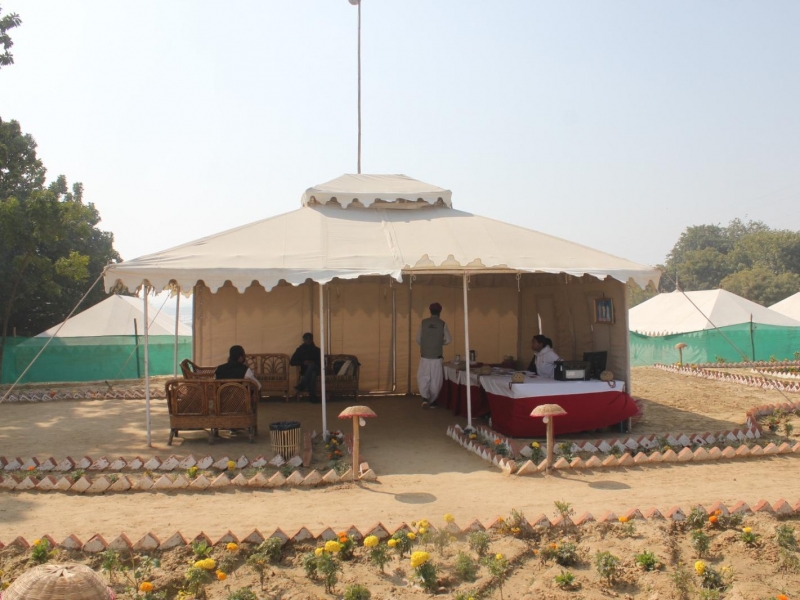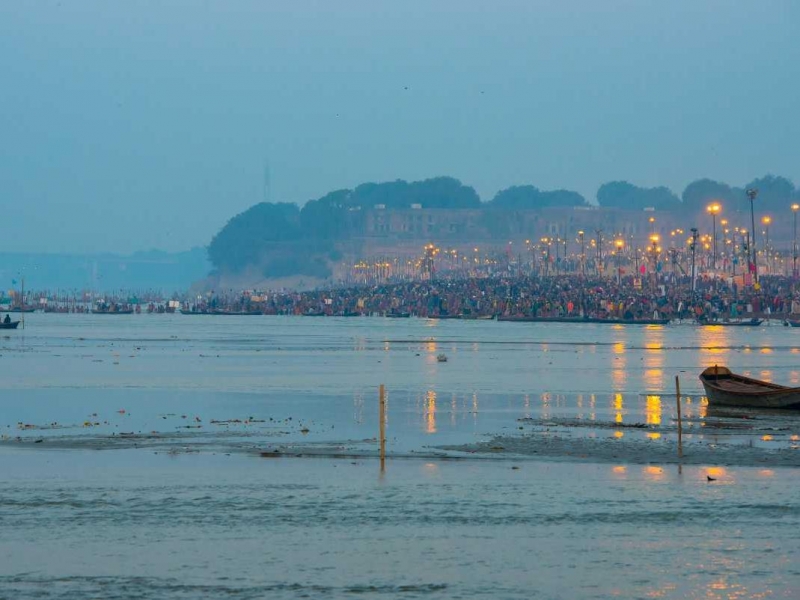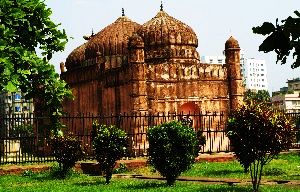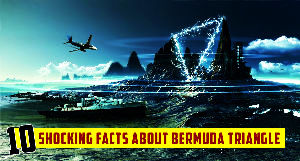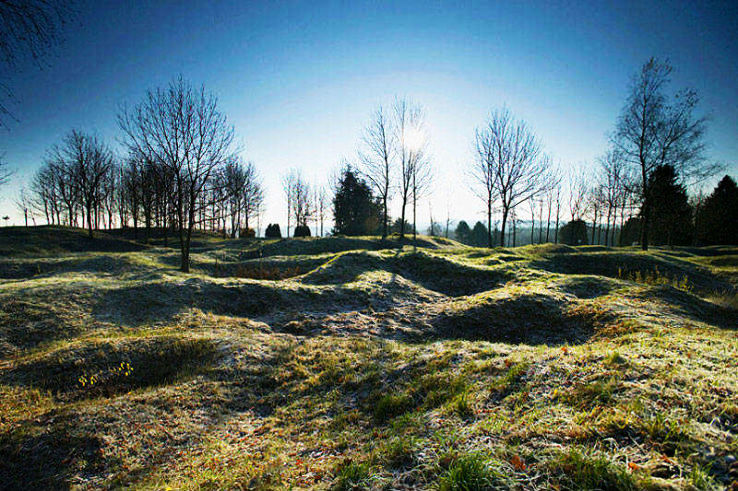
World war spanned for four years, three months and two weeks from July 28, 1914 - November 11, 1918, and when all was done, League of Nations and countries were formed. The total number of casualties after the war came to 8,528,831 while soldiers who made out of the war alive are now deceased. However, the places where these soldiers fought are still here to this day, this is how they appear 100 years later;
1. NEWFOUNDLAND MEMORIAL PARK, BEAUMONT-HAMEL, FRANCE
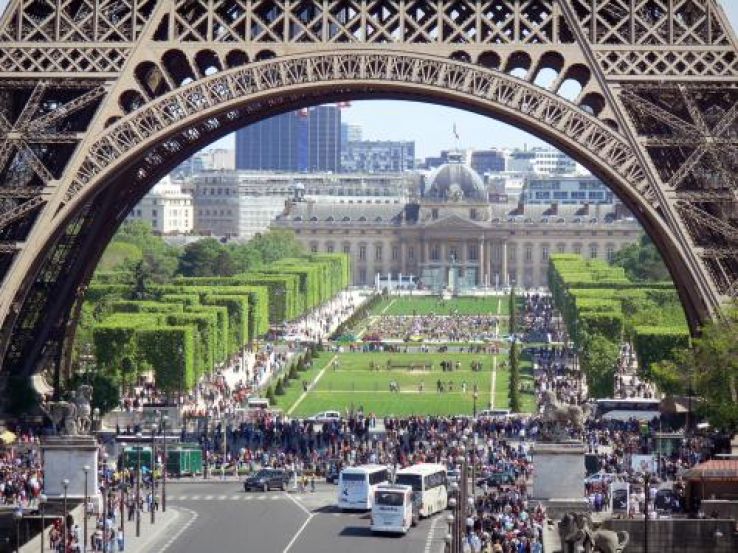
The Newfoundland Memorial Park occupies the ground over which the Newfoundland battalion (together with British battalions of the 29th Division) made their unsuccessful attack on 1 July 1916. The Newfoundlanders suffered 684 casualties, about 70% of their strength. Shell trenches, wire pickets and craters are the only remains of the battle.
2. BUTTE DE VAUQUOIS, ARGONNE, FRANCE

The Butte was a steep-sided hill, captured by the Germans in September 1914. Subsequently the French gained a foot-hold on the summit and both sides began a campaign of mining which lasted until February 1918. The furious mining and counter mining blew away the entire hill-top and today the small village lies at the foot of the hill. Underground there are approximately 17,000 meters of galleries, the deepest of which is 104 m, and over 150 chambers and rooms. It was recently discovered that one of the mines here contained 60 tons of explosive materials and was the largest single mine on the Western Front.
3. LOCHNAGAR CRATER, SOMME, FRANCE

This 90-meter hole was created after the British placed 50,000 pounds of explosives in a tunnel under the German lines, and this is how it appears 100 years later.
Lochnagar Crater is one of the iconic remnants of the Somme battlefield and just as in the war, one can really only appreciate its true scale from the air. Created by British tunnellers who dug a 600 m (0.37 miles) tunnel to reach a point under the German lines where they then placed 50,000 lbs of high explosive which was detonated at 0728 on the 1st July 1916 creating a hole over 90 m wide (295 ft) and 30 m deep (98.4 ft).
Courtesy: www.greatwar.co.uk/somme and Wikipedia.
Recommended For You
-
 Best Places to Stay During Kumbh 2025: From Tents to Luxury Hotels
Best Places to Stay During Kumbh 2025: From Tents to Luxury Hotels
-
 The Ultimate Guide to Maha Kumbh Mela 2025 at Prayagraj
The Ultimate Guide to Maha Kumbh Mela 2025 at Prayagraj
-
 Understanding the Importance of the Sangam: The Confluence of Faith
Understanding the Importance of the Sangam: The Confluence of Faith
-
 The History and Mythology of Kumbh Mela: A Journey Through Time
The History and Mythology of Kumbh Mela: A Journey Through Time
-
 Best Places to Eat in Goa: Indulge in a Culinary Delight
Best Places to Eat in Goa: Indulge in a Culinary Delight
-
 The Future of Drone Tourism: How Drones are Changing the Travel Industry
The Future of Drone Tourism: How Drones are Changing the Travel Industry
